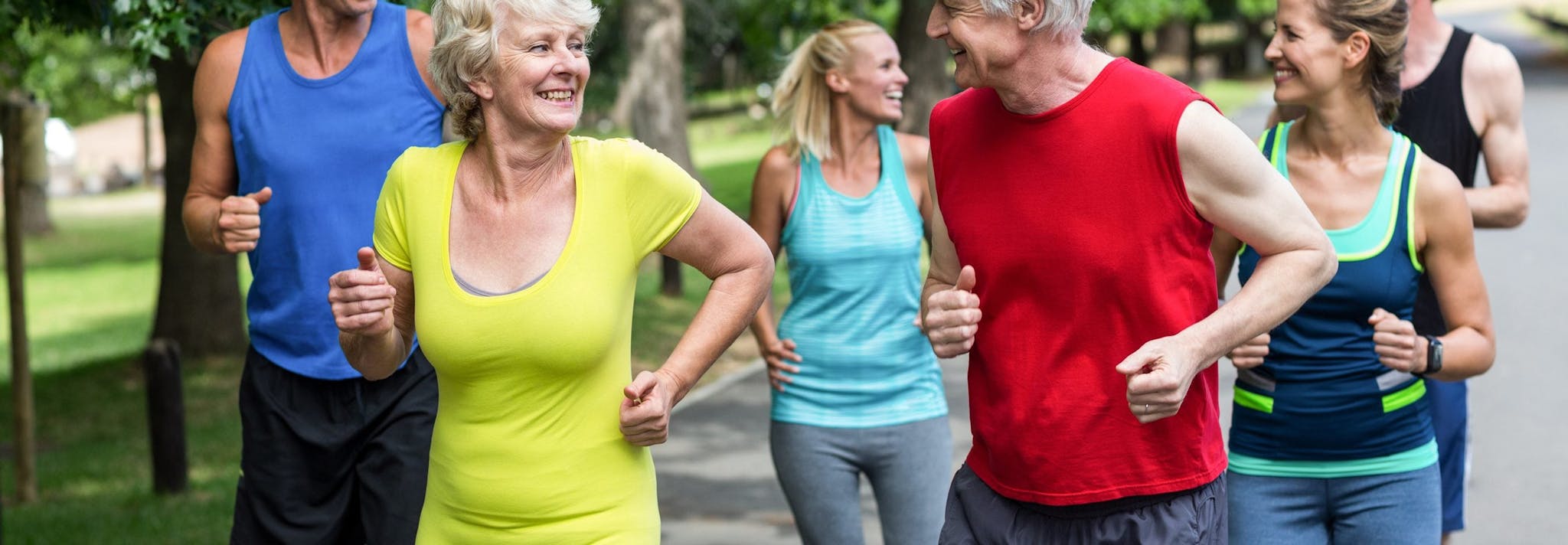
2024-07-12T16:54:51
Sunscreen Travel Tips
- Dermatology
May 18, 2016 | Orthopedics • Sports Fitness and Physical Therapy

Participating in sports comes with certain risks, including risk of injury. As you get older and make the transition from youth to adult sports, you will find that the sorts of injuries that you need to watch out for change. In some cases, the risks go down, but in others, you’ll need to take more care to protect yourself from injury.
Anyone who’s been watching the news knows how high the risk of concussion is for youth sports. Concussions account for 15% of sports injuries, and they can be extremely dangerous. When a child returns to the field before a concussion can heal, the chances of a second injury are high.
While all sports carry a risk of concussion, adult athletes are at a lower risk for sports concussions than children. Why? The change comes down to a difference between a growing and mature brain. Children’s necks are still growing, meaning that they are under more stress. The size discrepancy between the head and neck makes damage to nerve fibers more likely. As you mature, things balance out, significantly cutting your risk.
Concussions account for 15% of sports injuries, and they can be extremely dangerous. When a child returns to the field before a concussion can heal, the chances of a second injury are high.
If you broke a bone during your childhood years, chances are good that you healed pretty quickly. If you break a bone as an adult, however, you’ll have longer to wait before that injury is completely healed.
The process of healing a broken bone is the same whether you are a child or an adult. The injury goes through the same steps of inflammation, reparation and finally remodeling. However, children’s bones are covered by a thicker and stronger fibrous membrane that is more active than what is over an adult’s bones. When an adult breaks a bone, healing needs to be triggered by the body.
The process of healing a broken bone is the same whether you are a child or an adult. The injury goes through the same steps of inflammation, reparation and finally remodeling. However, children’s bones are covered by a thicker and stronger fibrous membrane that is more active than what is over an adult’s bones. When an adult breaks a bone, healing needs to be triggered by the body.
Don’t expect to be back to 100% as quickly as a child and be sure to give your body the time that it needs to sufficiently heal.
In a child, the healing process is already going on as soon as the injury occurs. Don’t expect to be back to 100% as quickly and be sure to give your body the time that it needs to sufficiently heal.
Joints, particularly the knees, are more prone to injuries in adults than youths, as well. That is not to say that children cannot get adult-style knee injuries. They can occur, and their numbers seem to be increasing over time. This can be tied to either the increased number of children in sports or doctors having better knowledge and knowing more about what to look for in soft tissue injuries. While children can develop ACL tears, they are far more common in adult athletes. An injury that would cause a ligament or cartilage tear in an adult would probably result in a broken bone for a child. To protect your ability to play and your chances of staying healthy, respect your joints and visit our orthopedic center if an injury occurs.
While getting older can change your chances of injury and the way your body responds, there is no reason not to continue the activities you’ve always enjoyed. Body awareness can improve your performance and cut down on injuries that pull you out of the game.
Are you due for your sports physical? Make an appointment today using our convenient FollowMyHealth app.
• http://www.brainline.org/content/multimedia.php?id=9017
http://www.ncbi.nlm.nih.gov/pubmed/9469305
http://www.nationwidechildrens.org/acl-injuries-in-children-and-adolescents
Dr. Slater is originally from American Fork, Utah and was a three-sport athlete in high school. He attended Brigham Young University on a football scholarship and played wide-receiver for the Cougars. He specializes in non-surgical treatment of orthopedic and sports related injuries and his other medical interests included management of concussion, stress fractures, and youth overuse injuries.

WRITTEN BY:
The Live Better Team


2024-07-12T16:54:51

2024-07-02T11:42:04

2024-07-01T13:49:28

2024-06-21T14:29:51
This information is not intended to replace the advice of a medical professional. You should always consult your doctor before making decisions about your health.